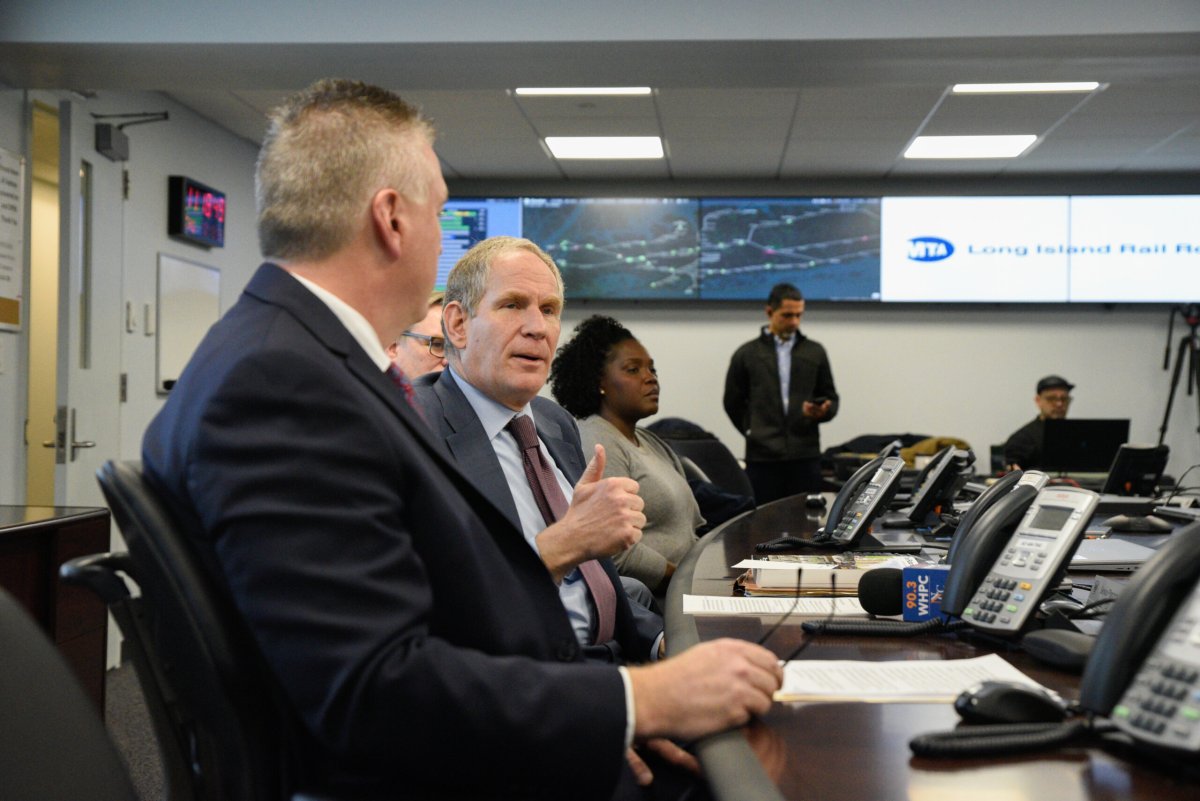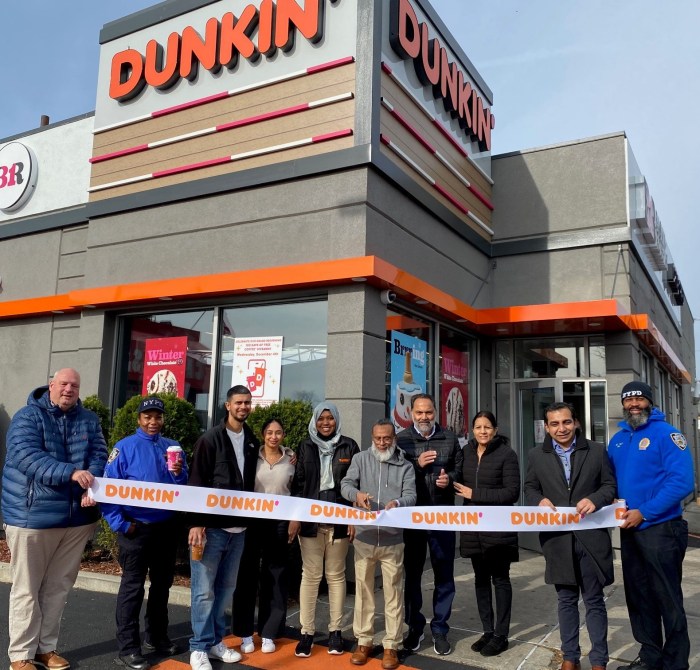Leadership from North America’s largest transportation network convened for a roundtable discussion in the Jamaica Central Control Building on Thursday, Oct. 19, to discuss the future of public transportation for New Yorkers.
The conference came following a week of record ridership for the Metropolitan Transit Authority since the pandemic, which plummeted revenue and left them in a multibillion dollar deficit. Now that the budget is whole following the rescue of state funding in April, the MTA and LIRR are prioritizing safety, reliability and the customer experience. Even more people are expected to take public transportation with congestion pricing going into effect in 2024, and climate change demanding a future with less reliance on cars.
“Mass transit is the antidote to climate change. So everything we do to get people on mass transit is a huge step for climate change. That is the very big picture,” said MTA Chair and CEO Janno Lieber, who added that the agency is committed to an 85% reduction in greenhouse gas emissions.
It also marked the first full day on the job for Robert Free, the new president of Long Island Railroad. He began his career for the LIRR as a station cleaner, and over 31 years, moved his way up to serving as senior vice president of Operations most recently. He was joined by Lieber and John McCarthy, head of Policy and External Affairs at the MTA.
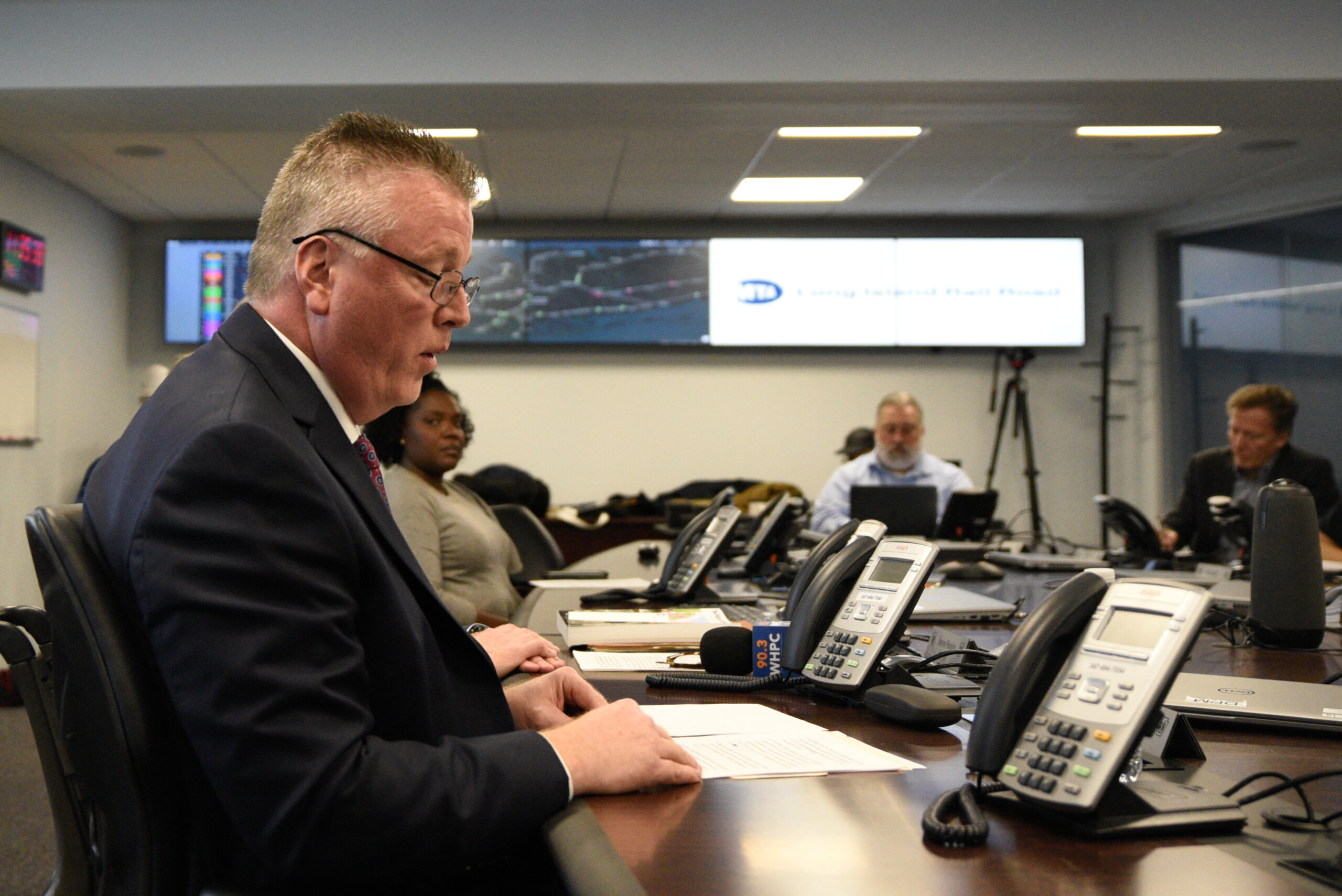
“All that time, I never in my wildest dreams imagined that I would be sitting here today leading this agency,” said Free, who didn’t shy away from expressing pride in his humble beginning.
The LIRR wants to continue incentivizing more people, especially in eastern Queens, to put rail on their transportation roster. Traveling from Jamaica to Midtown is now faster by rail than taking the E train. But it is still more expensive despite the recent cut to the cost of an LIRR ticket for travel within the city.
“We struck a blow for equity by really having incentives for people who live in Queens, who live inside the city, to use the railroad,” said Lieber, adding that load weight data which shows the crowding level on each cart was another reason to commute by rail.
The MTA now has six million riders a month, up from 3.3 million from when Lieber was appointed to the role by Gov. Kathy Hochl in January 2022. Last week, they reached the highest ridership since the pandemic and had a best single day at 249,000 riders.
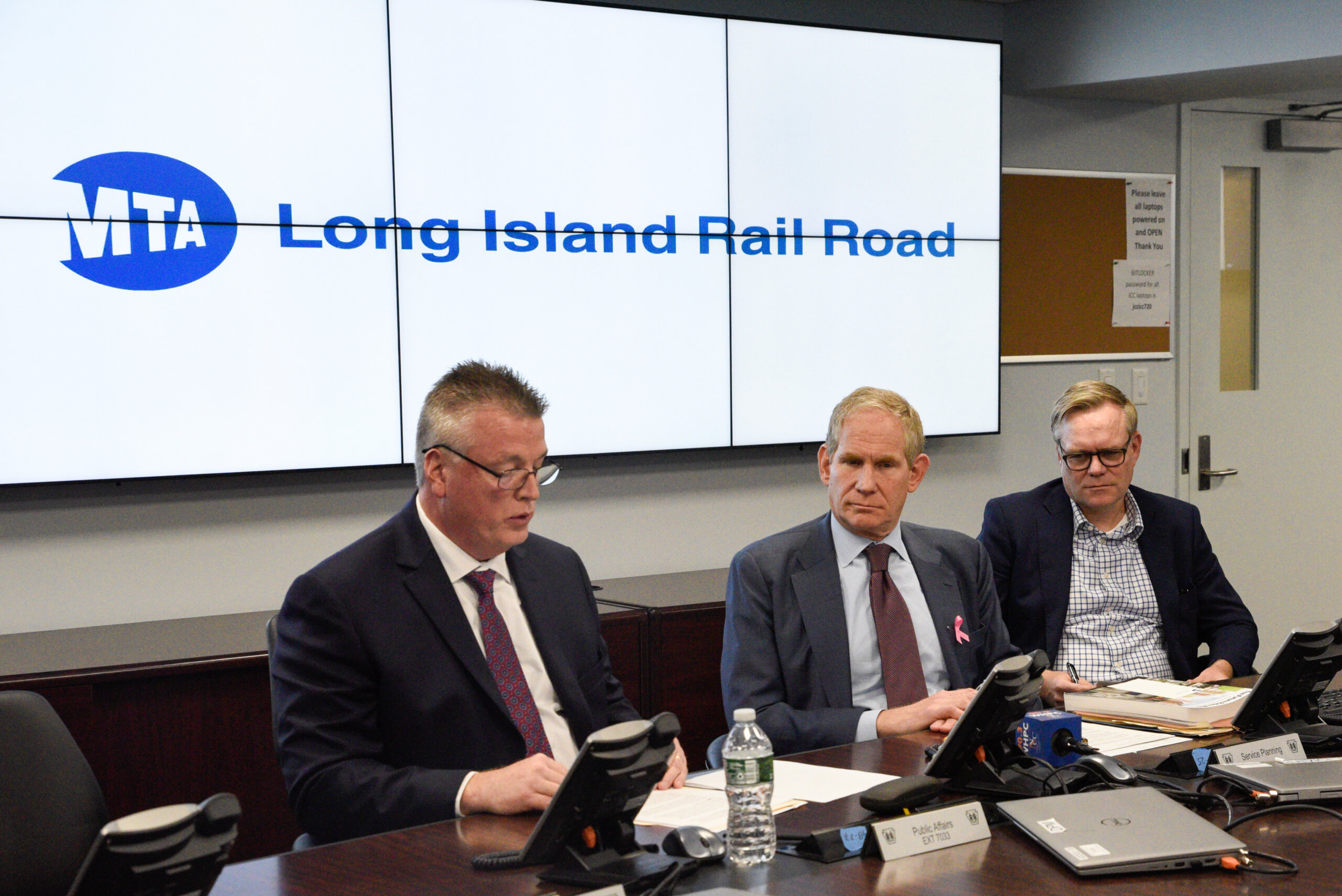
“I don’t think anybody would have predicted in the height of the pandemic that the commuter railroad would have predicted that the commuter railroads on a percentage basis can be coming back as faster, and in many ways faster than the subways but they are,” said Lieber. “People are coming back.”
Not all of the increase can be attributed to work commuters during peak rush hours, there has also been a surge in weekend and other non-peak ridership on the LIRR. Especially with an increase in remote work, the increase comes as a surprise.
“We seem to have hit our stride in being able to deliver service,” said Lieber, touting a 96% on time performance, with the exception of record-breaking rainfall on Sept. 29.
Despite virtually every subway line experiencing suspensions, reroutes or delays, the LIRR only had two stations – Long Beach and Far Rockaway – experienced delays while the rest of the system ran as scheduled.
“Other than that, the whole Long Island Railroad system operated,” said Lieber. “So that’s a testament to some good things.”
Since Hurricane Sandy, the MTA has invested billions of dollars to protect coastal stations from flooding. Saltwater can be incredibly damaging to the infrastructure. But underground subway stations, which have been facing more flooding as extreme weather conditions become more common have not been addressed to the same extent.
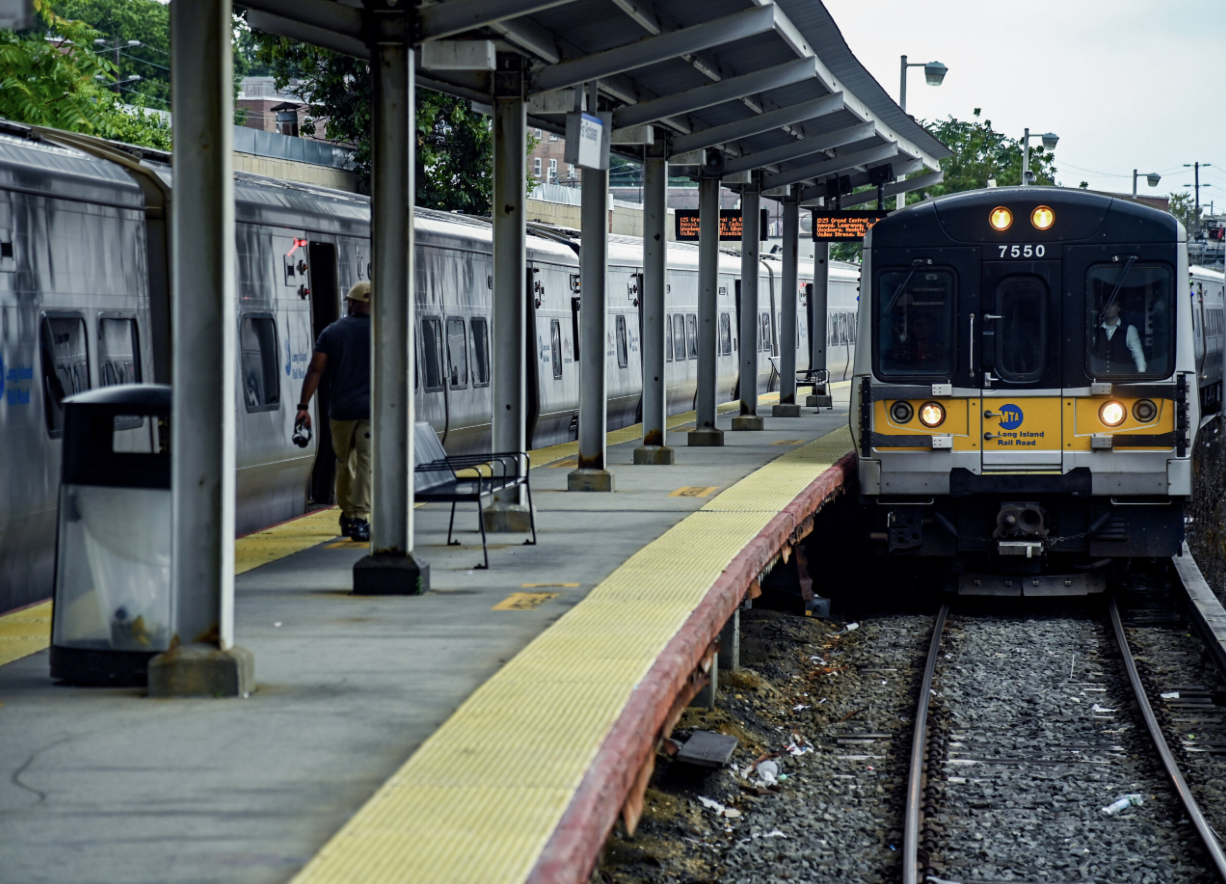
Some coordination with the Department of Transportation and the Department of Environmental Protection to evaluate each subway station and its vulnerability to flooding has been conducted. But until the city’s sewage system, which is unable to collect more than 1.75 inches of rain in a one-hour rainstorm, is addressed, the flooding will continue to destabilize commuters.
“Instead of having it build up we become the secondary sewer for what the city can’t accommodate,” said Lieber, noting that they are pushing the city to invest in the infrastructure.
In terms of buses, a plan to redesign the entire bus system in Queens, the most bus dependent borough, is underway. Lieber pointed out that it has not been redesigned in 50 years. The priority will be to go fully electric and new added routes will speed up trips to rail transportation and subways.
But it was too soon to tell if the MTA’s pilot program that rolled out one free bus in each borough last month would become a permanent initiative to increase ridership. The bus routes that were also selected with LIRR connection in mind.
“Ultimately, can we afford to give up more revenue, considering we just came back from this existential budget deficit,” Lieber questioned, after mentioning that it was too early to gauge what the data from the program would show in terms of ridership and impact on social mobility.

